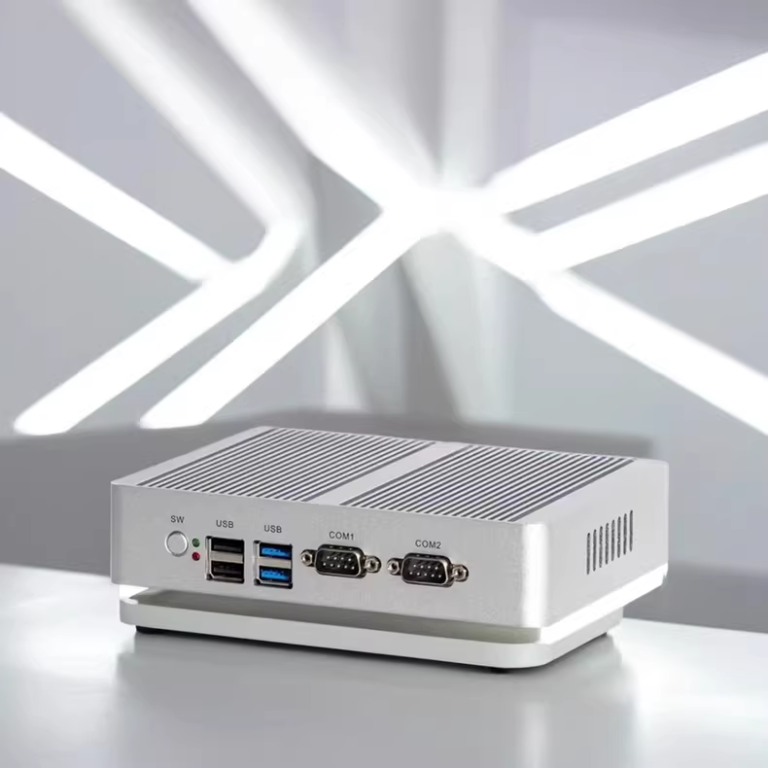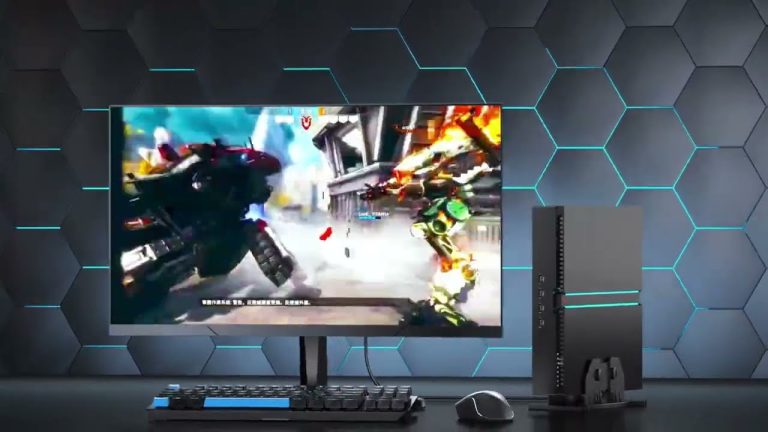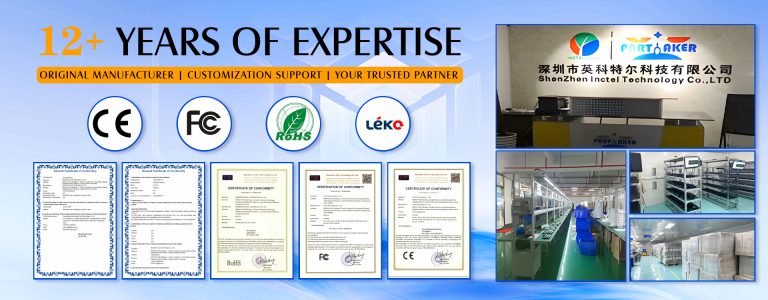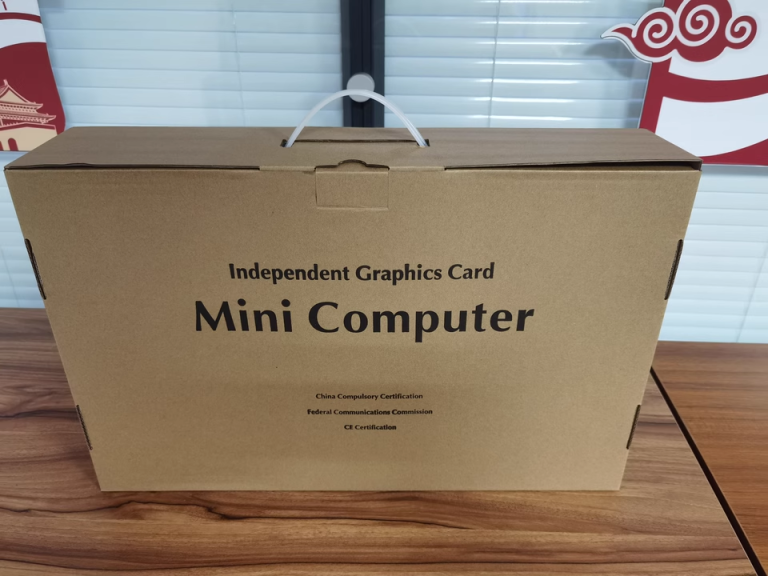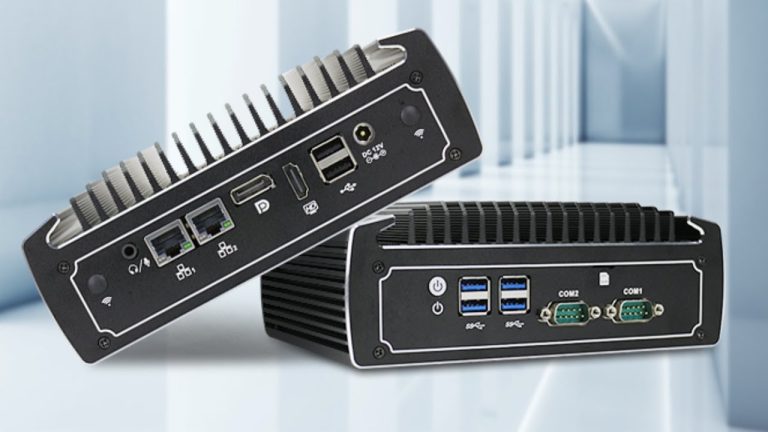Technology is transforming the way we teach and learn. Mini PCs, characteristic of compact size, cost-effectiveness, and powerful features, have become a versatile tool that caters to students across all educational levels.
Early Childhood Education (Preschool and Elementary)
Mini PCs can contribute to an engaging, interactive learning experience in our early childhood education. Which helps captivate children’s attention and spark an interest in learning.
- Mini PCs are excellent for integrating educational games and multimedia resources, helping preschoolers and early elementary students engage with their studies. They can effectively support children in learning the basics, like letters, numbers, and foundational scientific concepts, through visual and interactive ways.
- Mini PCs are portable and can be easily moved around the classroom. Which allows teachers to set them up in different learning centers or activity zones, fostering collaborative activities and individualized learning .
- Some Mini PCs have parental controls and secure child modes, guaranteeing that children can access the internet and applications only in a safe and controlled environment.
K-12 Education (Primary and Secondary School)
In primary and secondary school settings, Mini PCs continue to support a variety of teaching and learning methods because of sufficient computational power and flexibility.
- Many primary and secondary schools face limited space issues. Mini PCs, with their compact size, can be utilized in regular classrooms, libraries, and specific study corners, eliminating the need for dedicated computer labs.
- Mini PCs integrate seamlessly with online learning platforms, helping teachers provide individualized content that meets different learning speeds and interests. Personalized learning helps meet each student’s unique needs and boosts learning efficiency.
- With the increasing role of technology in education, Mini PCs provide hands-on practice opportunities, allowing students to learn how to operate and manage computers, thereby improving their digital literacy and technological skills.
High School and Vocational Education
For high school and vocational training, Mini PCs work as practical tools for skill development and vocational training.
- High schools and vocational institutions require access to more specialized software and learning resources. Mini PCs are a low-cost option that allows schools to equip more students with computing devices, making technology widely available for courses like programming, design, and simulation .
- Vocational education emphasizes hands-on experience, and Mini PCs can be connected to specific training equipment (such as robots or 3D printers) to provide practical industry-related training. Students can learn skills such as robotics programming and IoT technologies using Mini PCs.
Higher Education (College and Adult Education)
In higher education, Mini PCs offer portability and computing power suitable for research, and flexible learning environments.
- Many research projects in higher education require computational resources, and Mini PCs provide sufficient power for common data analysis and software development tasks. This is especially useful in fields like multimedia production and data science, where Mini PCs can meet the learning and experimental needs of undergraduate and graduate students.
- Mini PCs integrate well with online learning management systems (like Moodle or Canvas), supporting remote and collaborative learning environments. Especially post-pandemic, remote and hybrid learning modes have become more popular, and Mini PCs serve as ideal tools to enable these educational models.
Special Education
For students in special education, the compact design and customizable features of Mini PCs are well-suited to meeting diverse needs.
- Special education students often need personalized learning support. Mini PCs, with software that adapts to different learning requirements (e.g., text-to-speech, magnifiers), can help students overcome learning challenges effectively .
- Mini PCs can be integrated with other assistive devices, such as special keyboards or display tools, providing learning opportunities for students with physical disabilities. This ensures that technology can better assist in teaching and learning.
Final Words
From helping young children engage with foundational concepts to enabling advanced research in higher education, Mini PCs offer a sustainable and versatile solution that supports a diverse range of educational environments and methodologies, ultimately contributing to a richer and more inclusive learning experience.






